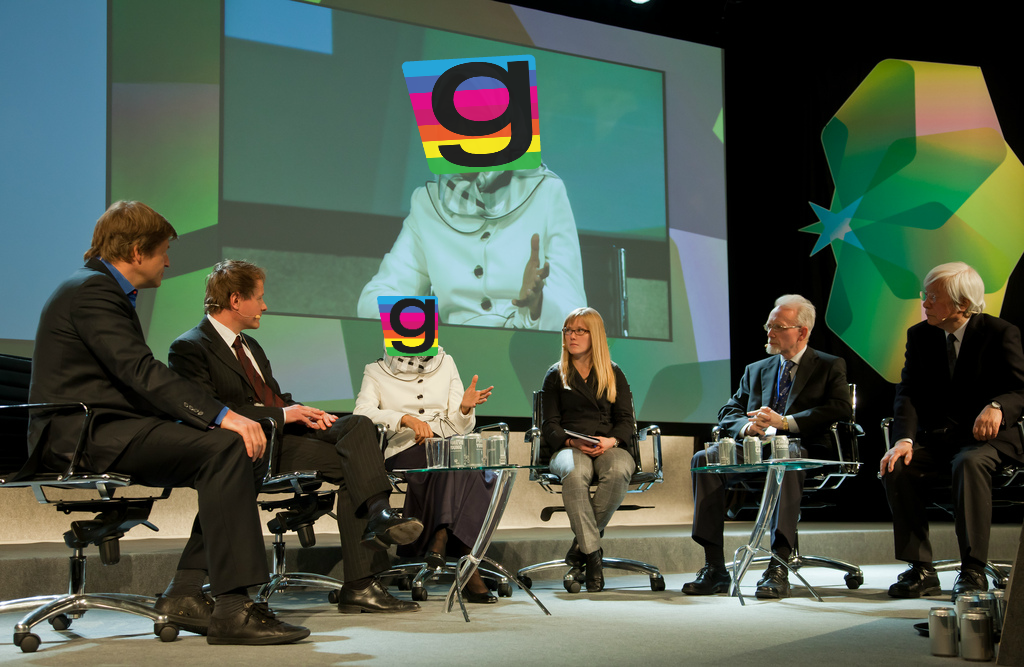
Experts Talk Gamification for Work and Life
Stanford Business School hosted what was probably the most insightful discussion on the current status and future of gamification. Margaret Wallace, chief executive of Playmatics, led the group discussion on gamification. The 5 speakers were Courtney Guertin, chief technology officer of Kiip; Rajat Paharia, founder and chief product officer of gamification firm Bunchball; Amy Jo Kim, game designer and CEO of ShuffleBrain; Joshua Williams, senior software design engineer at Microsoft; and Andrew Trader, venture partner at Maveron. Here is a bit about what each had to say:
Courtney Guetrin—I’m less interested in gamification, but more interested in rewards and achievements. Take for example FunTheory. Their projects with getting people to use the trash can or take a flight of stairs is not gamification. It is simply adding a subtle rewards layer that engages people for daily activites.
Rajat Paharia—Around 2007, there was no term for ‘gamification.’ There is debate on the term’s accuracy and meaning, but I’m glad that there is something to describe a fascinating thing that is going on. To me, gamification is the use of all of the internet’s social data to help engage and motivate users.
Amy Jo Kim—Gamification is not about the points, leaderboards, or other external reward structures. In the game design world, it is clearly known that intrinsic motivation is what really moves people to act. Focusing on that, I’m interested in what it is that actually makes games interesting. What are causing the experiences, emotions, and engagement to be at a certain level? That is what I want to explore.
Joshua Williams—As a software developer at Microsoft, I don’t really use gamification for products. However, software teams in Microsoft have been able to use it to increase worker productivity. One example is the bug detecting competition. It used to be first one to find it won. Now, using reward structures, collaboration, and other game techniques, we have made the process of detecting bugs in code fun.
Andrew Trader—A key element of gamification is relationship capital. We want to focus on how to engage users and incentivize the right behavior. Whether the users are competitive or collaborative, how do we place an emphasis on the user in order to have them drive business value.
Do you agree with comments made above? Who’s gamification view resonates most with your organization?
via VentureBeat









Gamification is pure “baby step” tech – a long way of small achievements till reaching the goal. What goal? 42!
The bizarre image associated with this story has nothing to do with the event that took place. Check Venturebeat. They had actual photos from the event. Many, in fact.